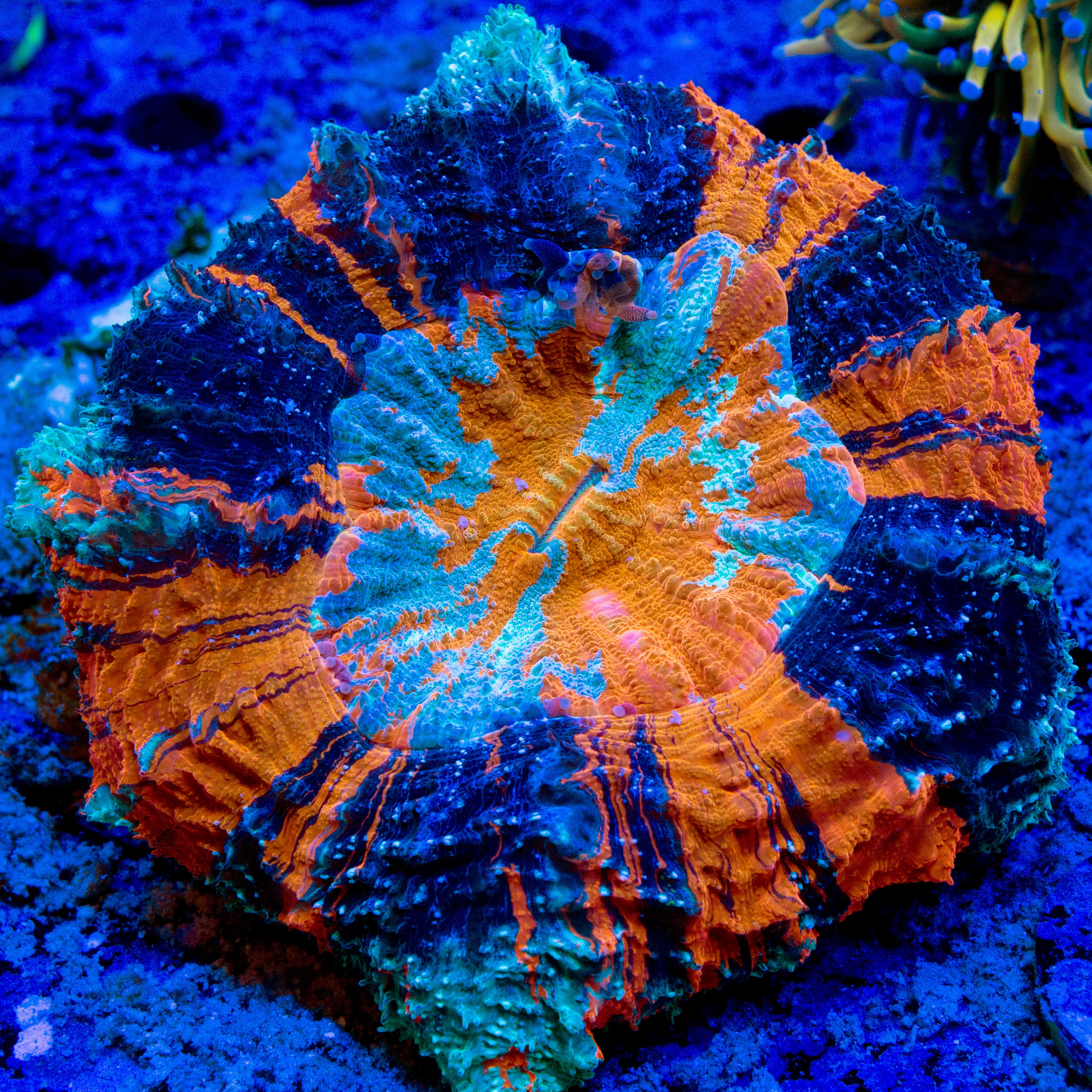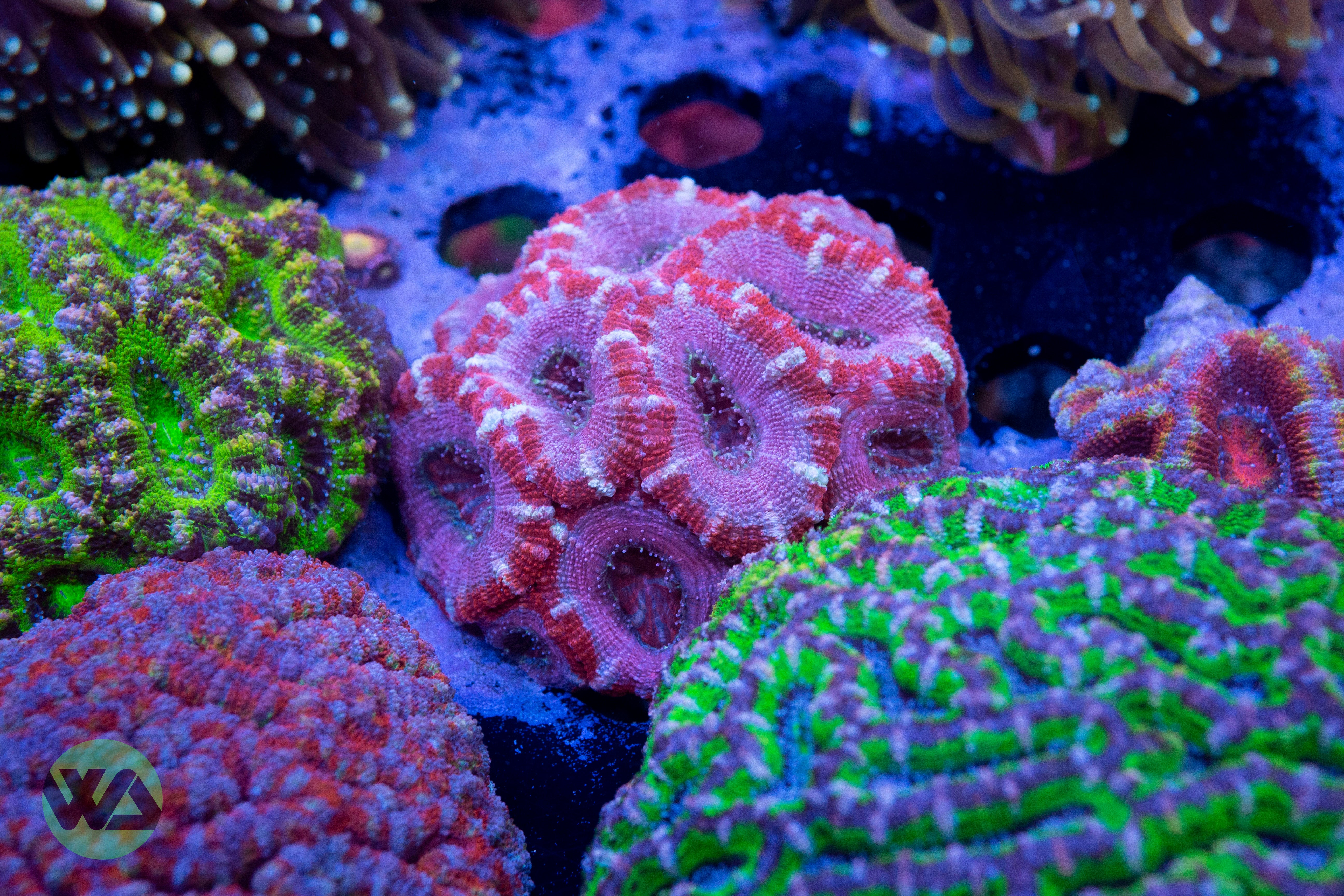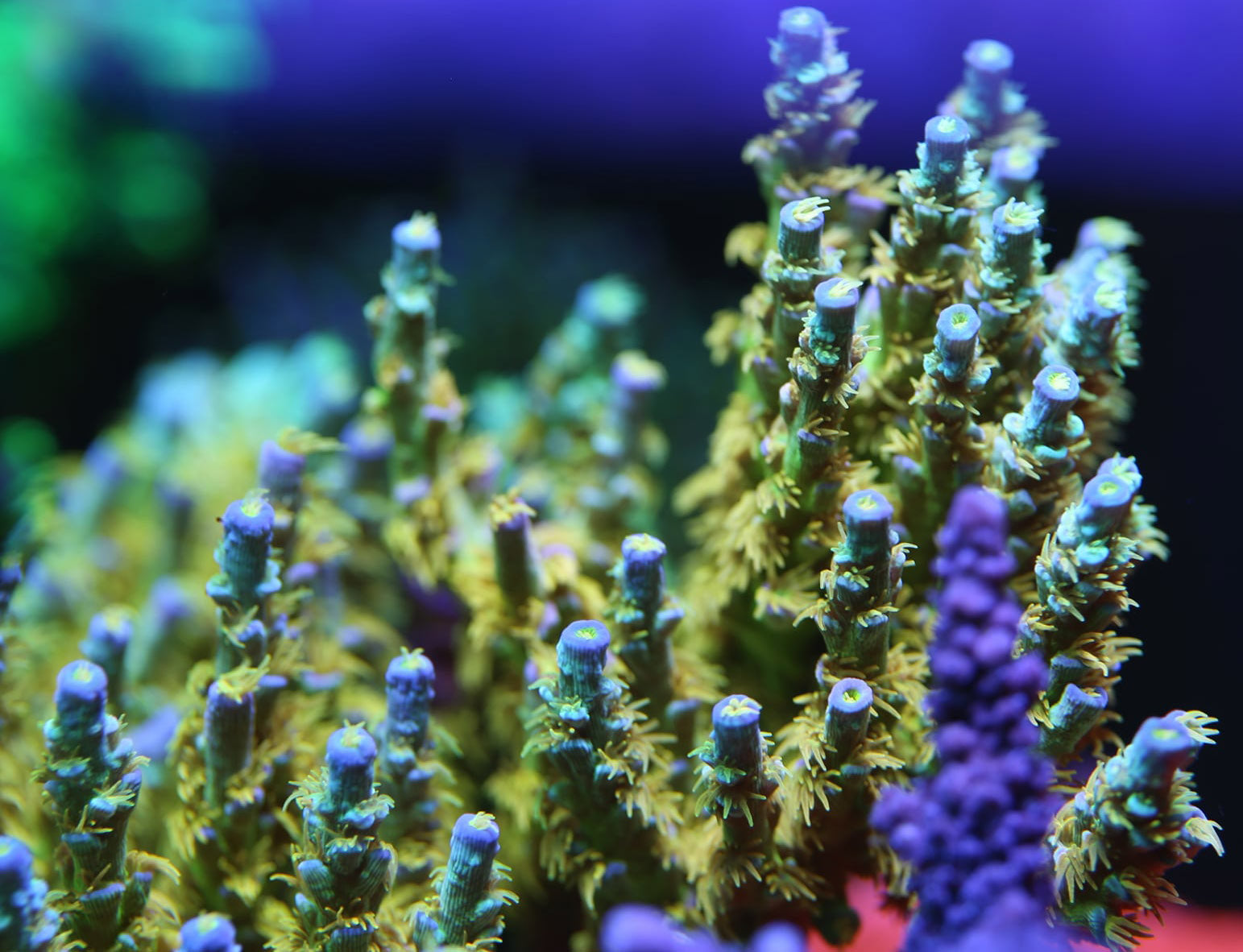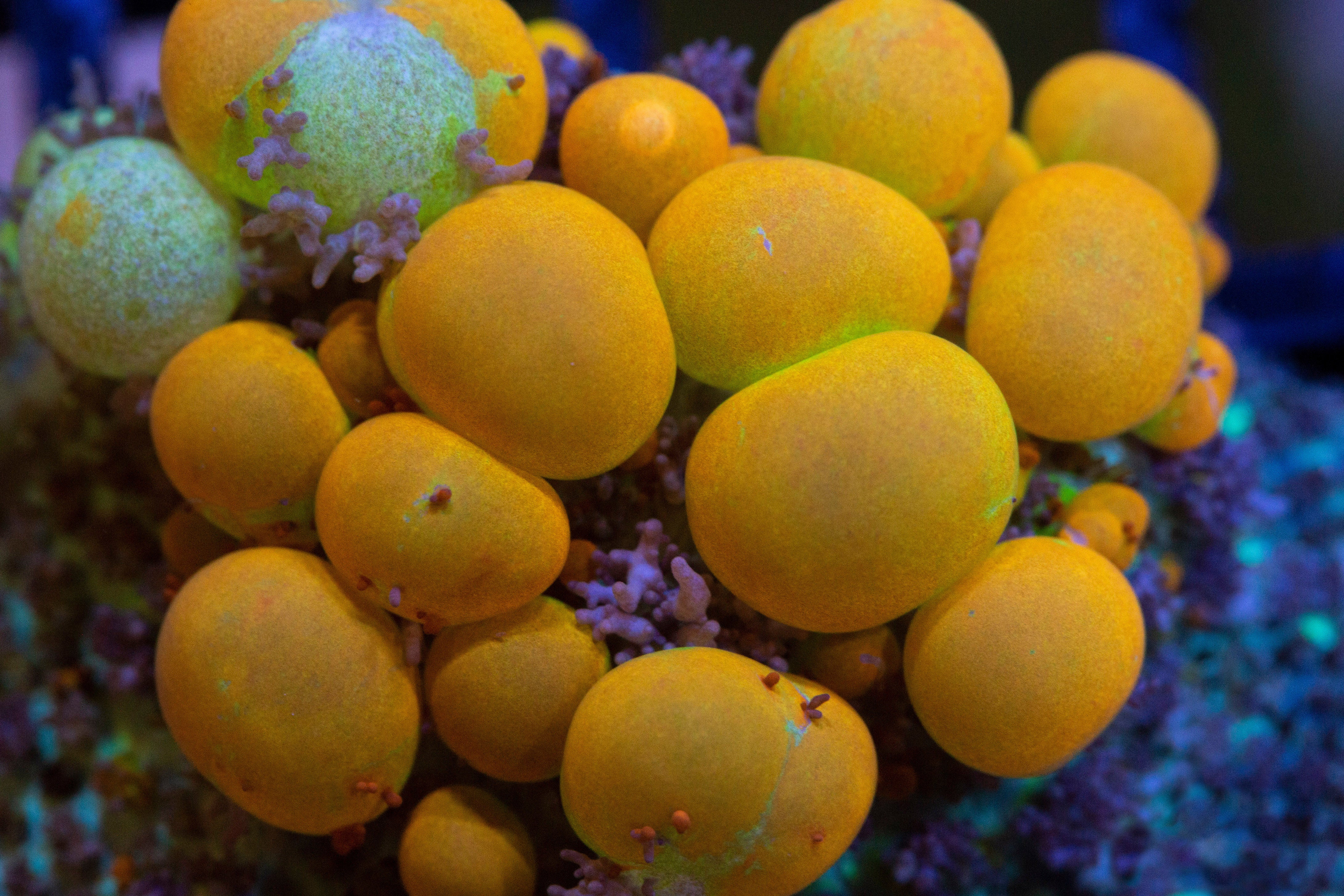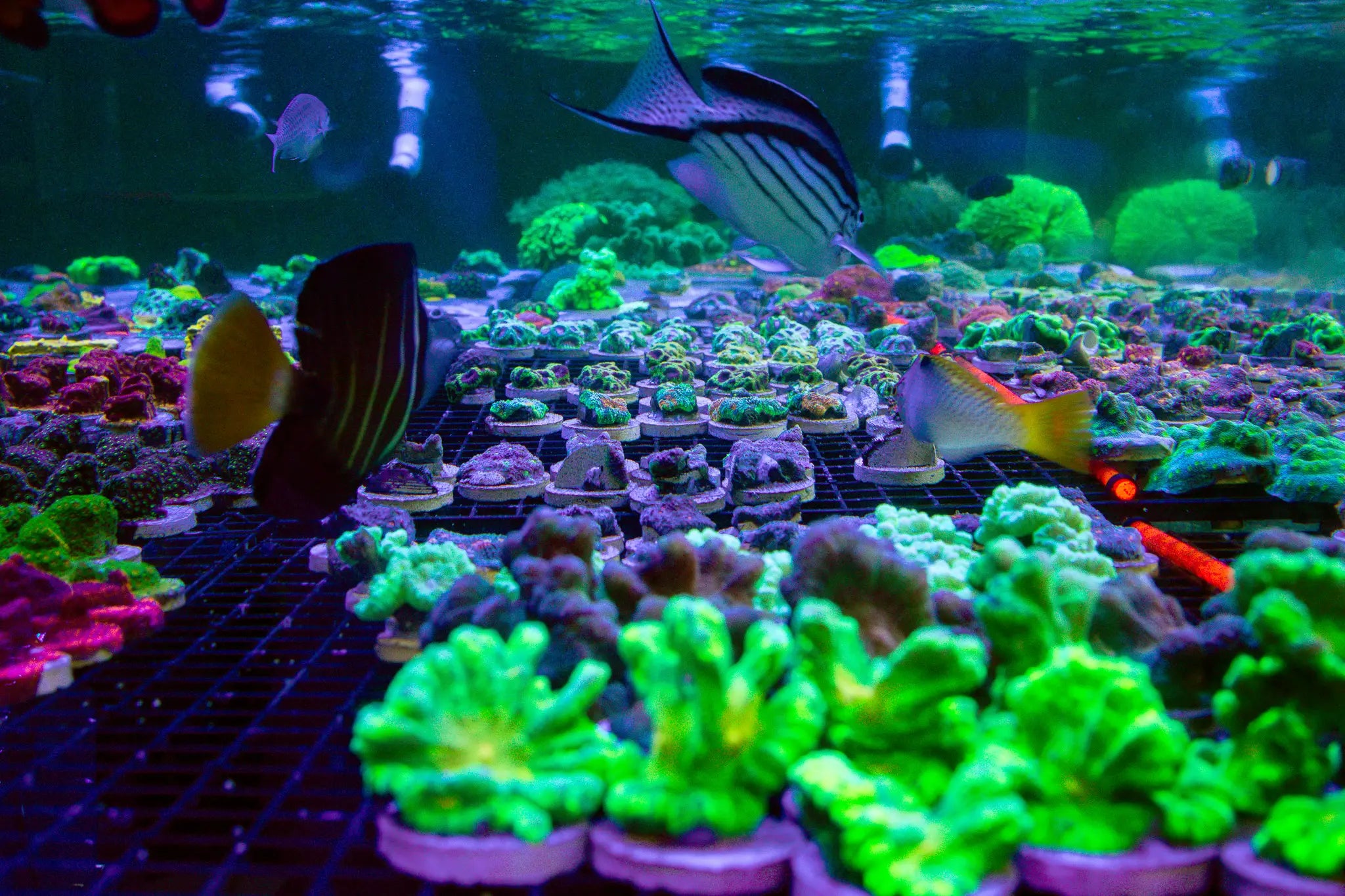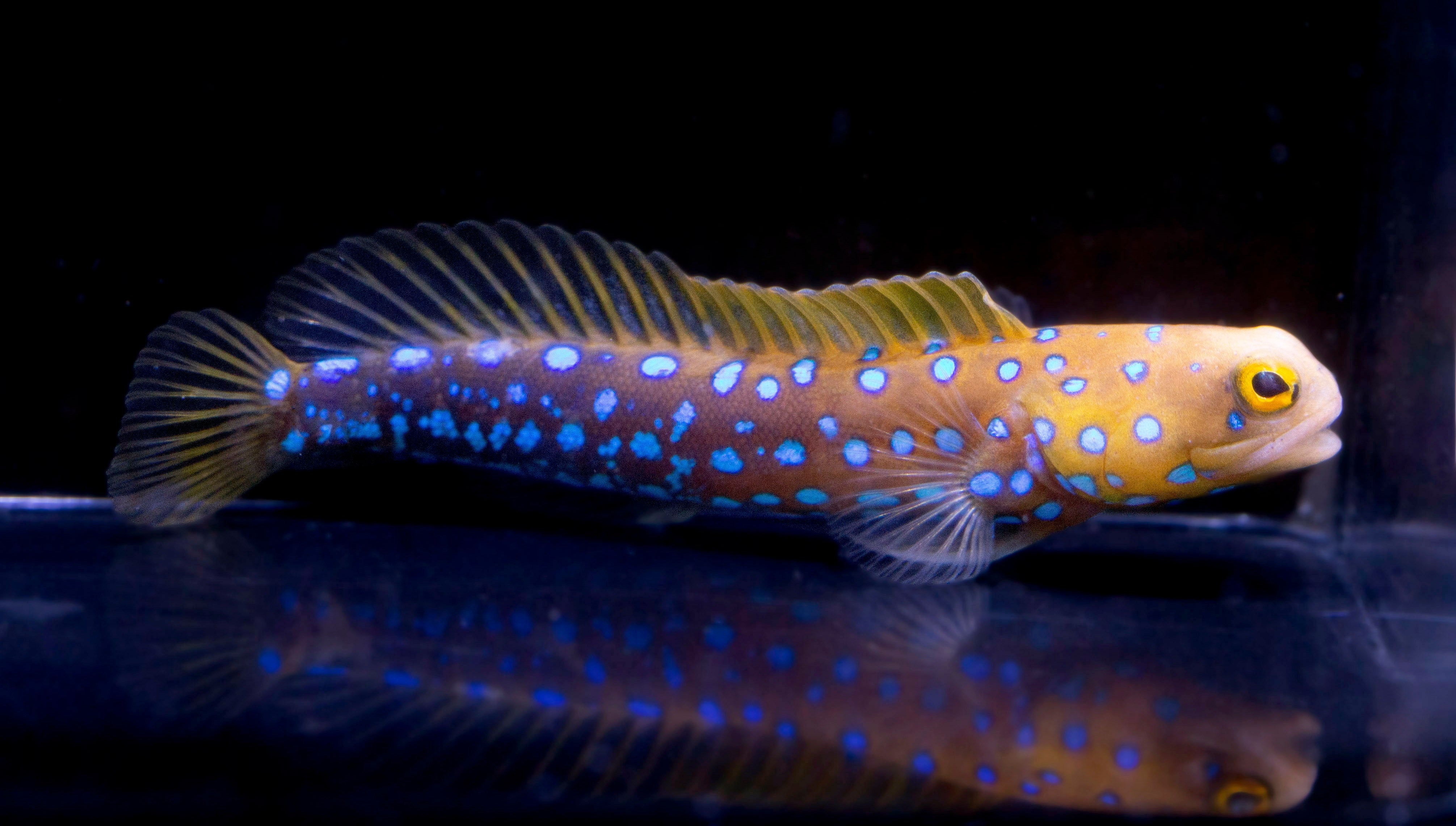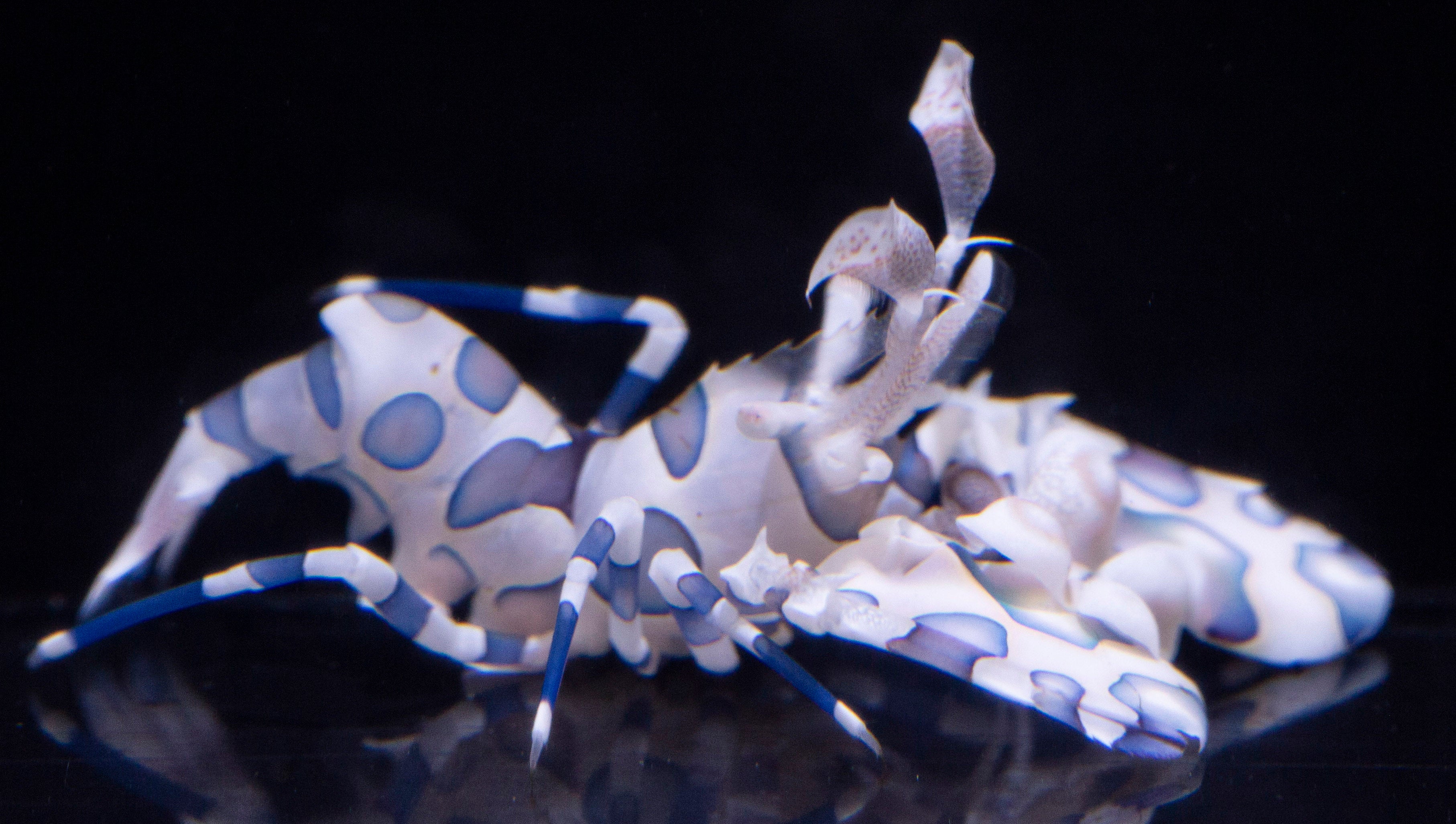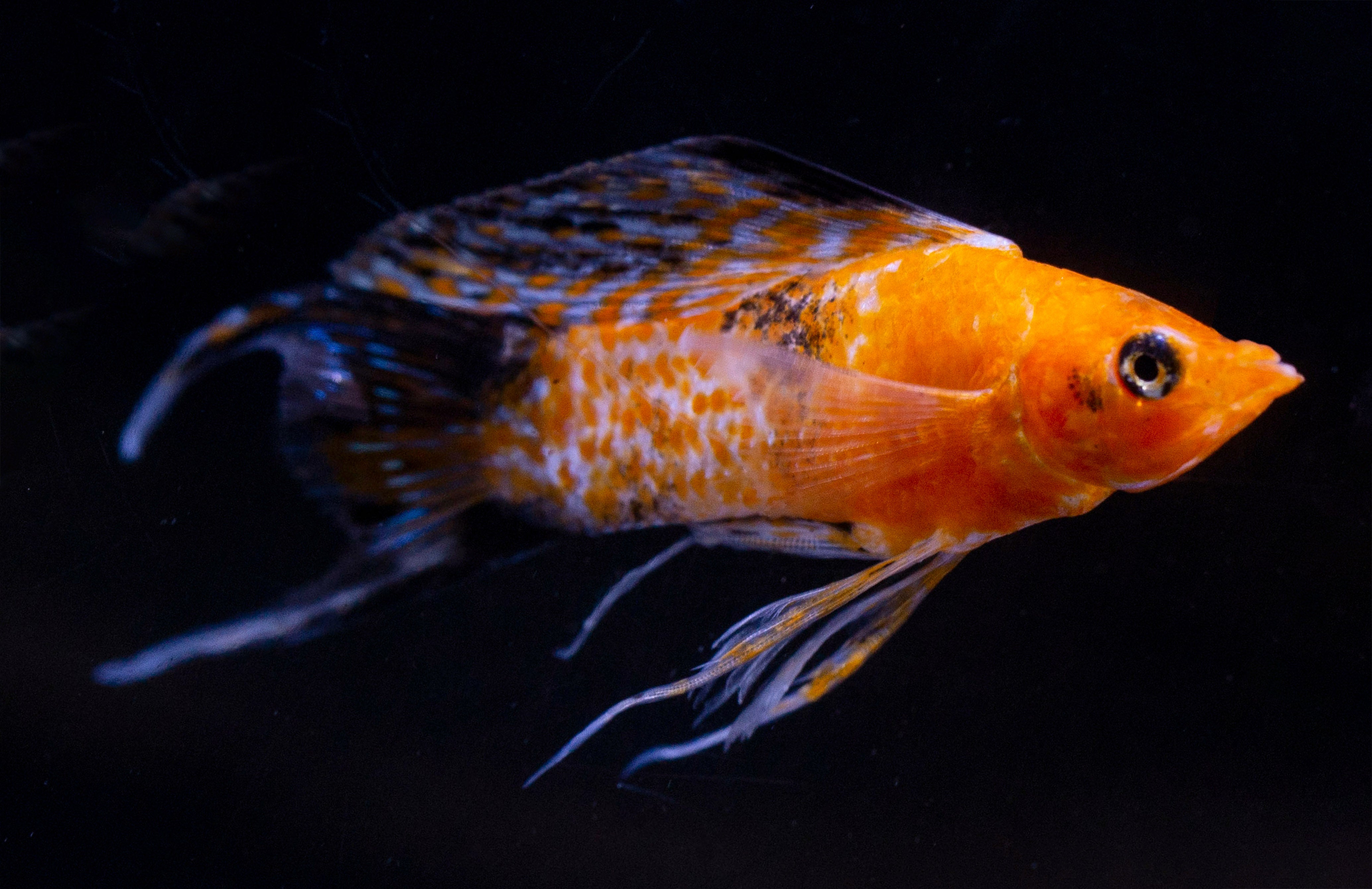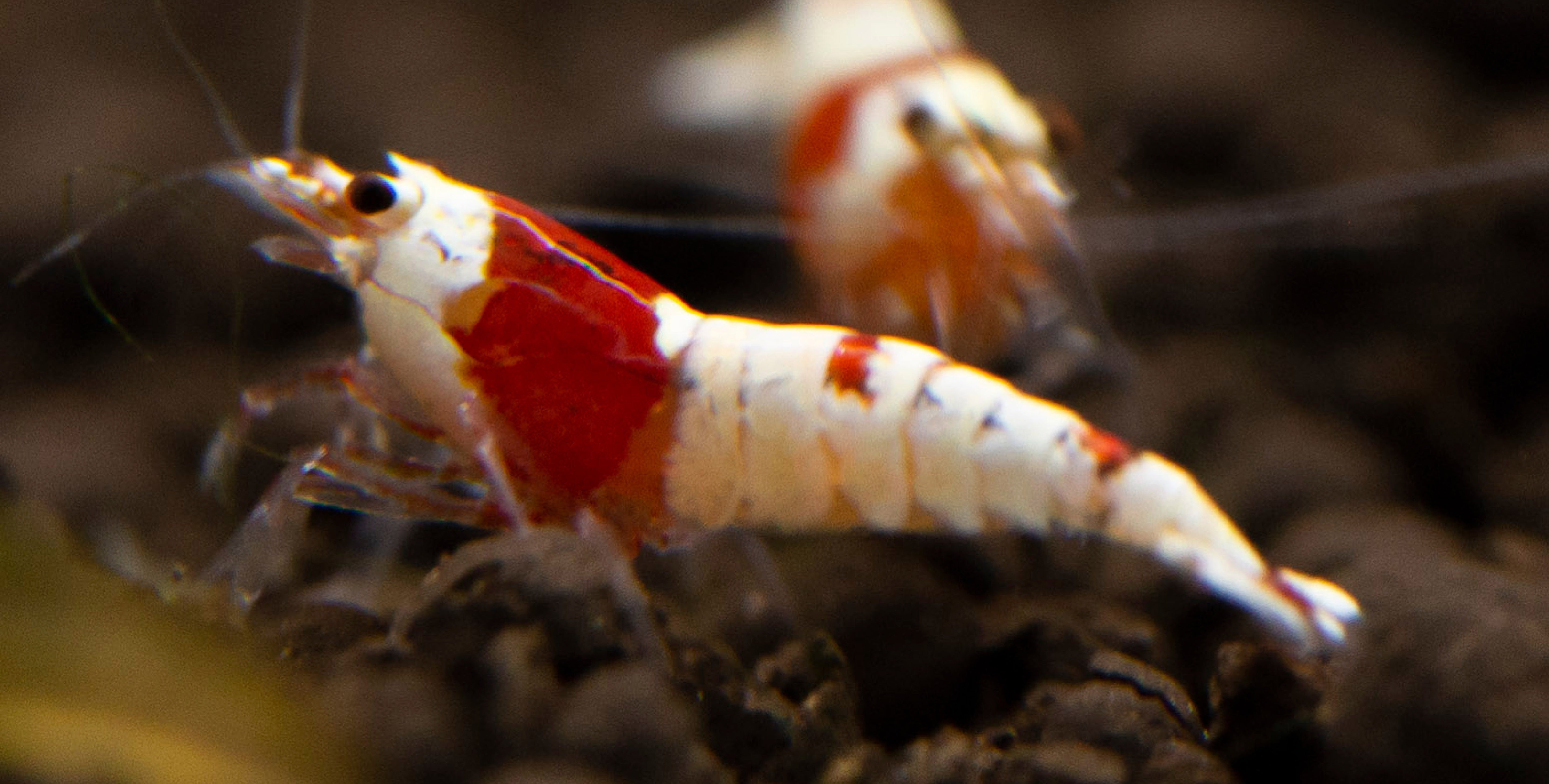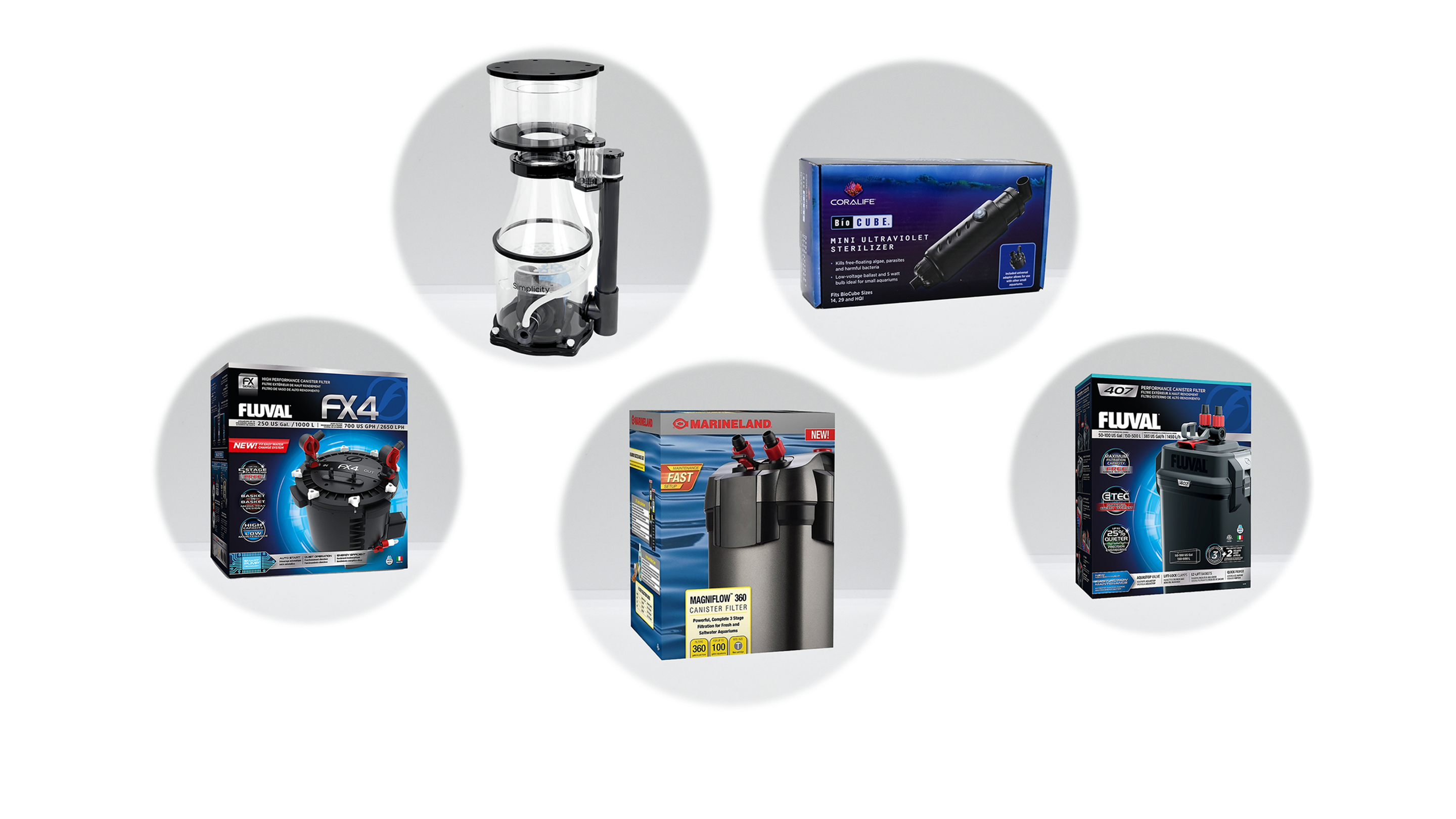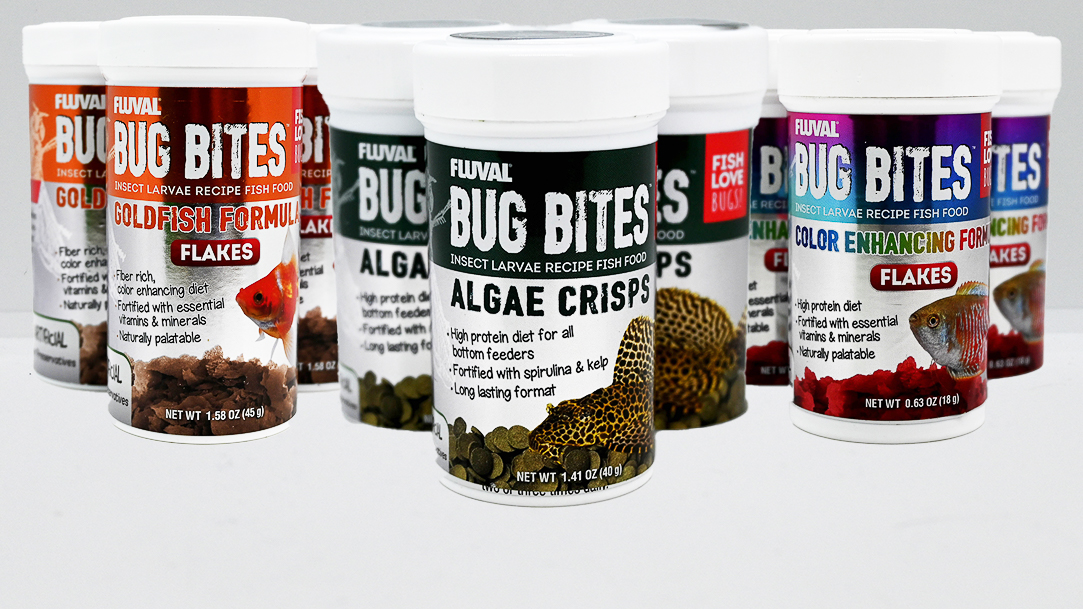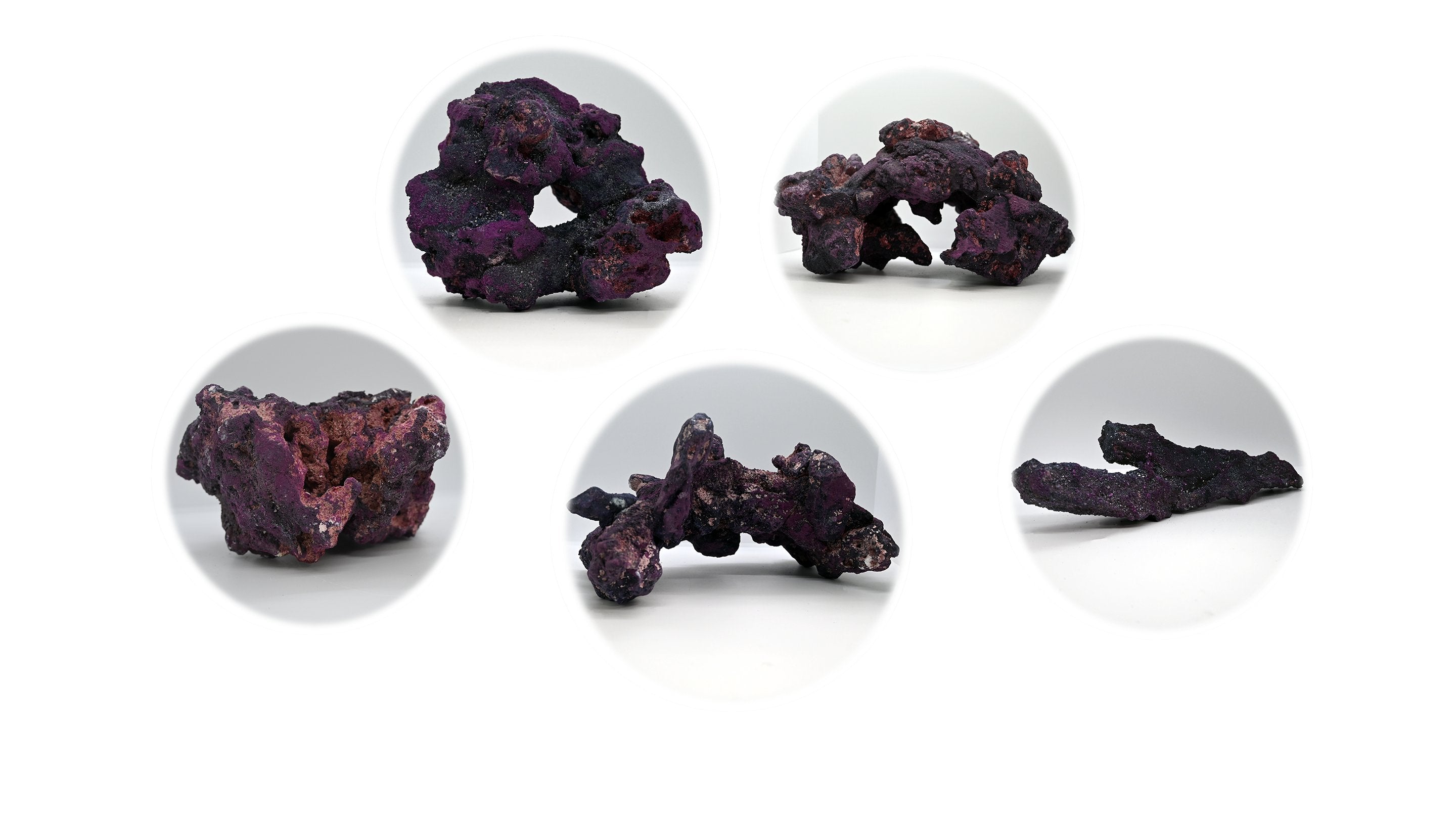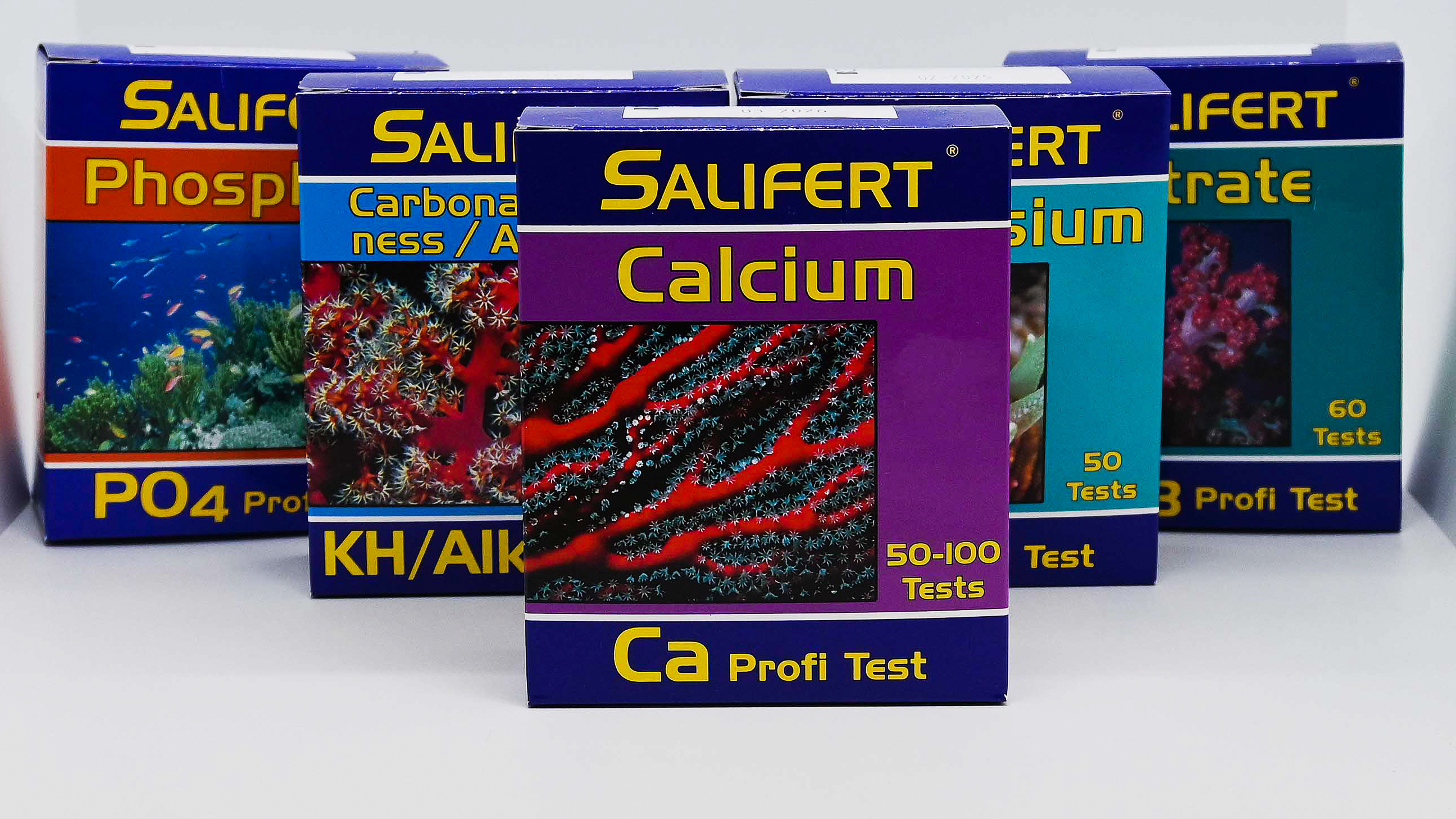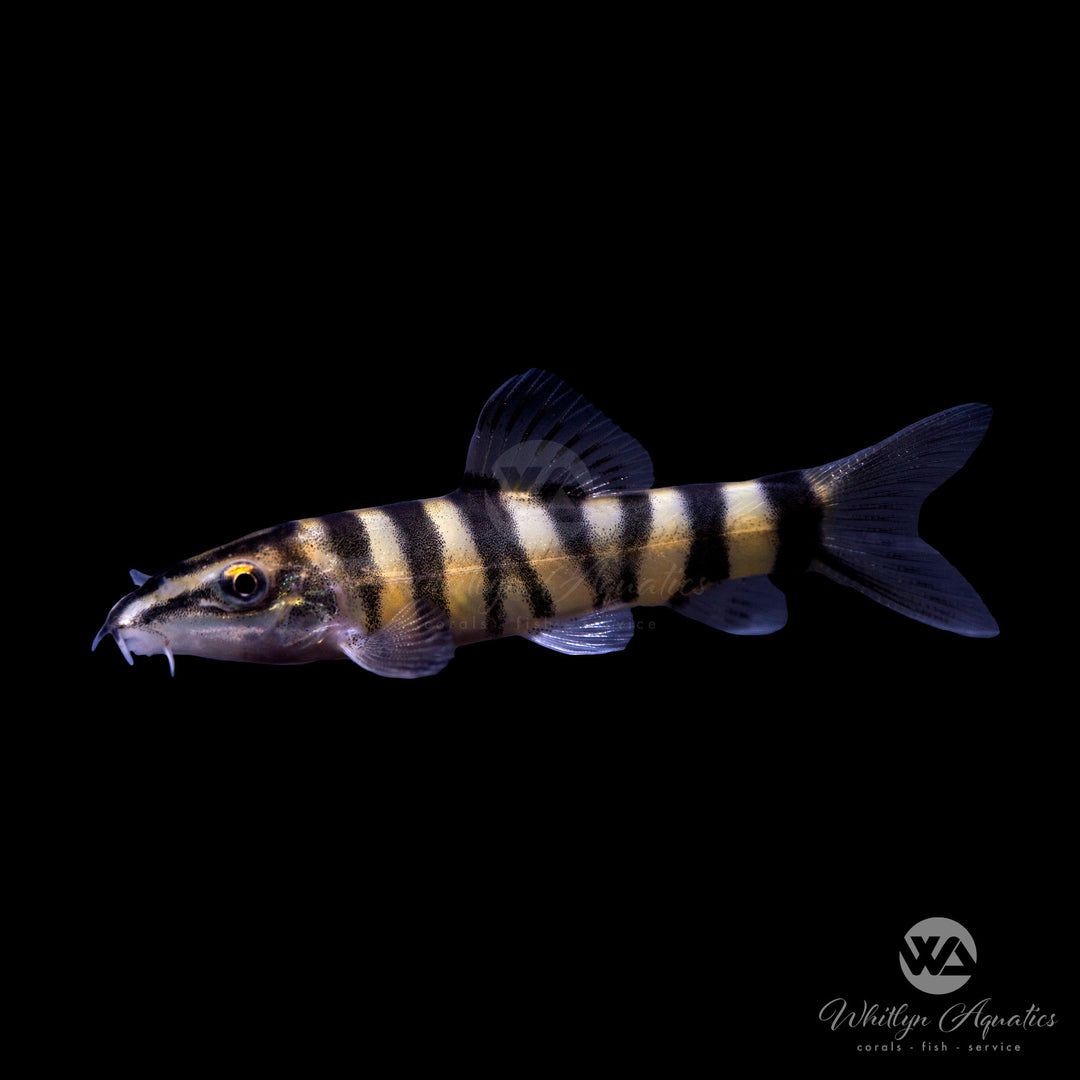
Kansu Loach - Sinibotia robusta
- In stock, ready to ship
- Backordered, shipping soon
Kansu Loach (Sinibotia robusta)
The Kansu Loach (Sinibotia robusta) is a robust, active species of loach known for its playful behavior and adaptability in aquariums. With a slender, elongated body and distinctive banded markings, this loach is both visually appealing and entertaining to watch as it scours the substrate for food. It thrives in groups and adds a lot of personality to a community tank setup.
Description:
• Common Name: Kansu Loach
• Scientific Name: Sinibotia robusta
• Family: Botiidae
• Size: 4-6 inches (10-15 cm)
• Color: Typically brown or tan with dark vertical bands across its body, giving it a striped appearance.
Native Region:
The Kansu Loach is native to fast-flowing rivers and streams in China, particularly in the Gansu province, where it lives among rocks and sandy substrates.
Aquarium Setup:
• Tank Size: Minimum of 40 gallons (151 liters), though larger tanks are preferred to accommodate their active nature.
• Water Parameters:
• Temperature: 68-77°F (20-25°C)
• pH: 6.5-7.5
• Hardness: Soft to moderately hard water (4-12 dGH)
• Diet: Omnivorous; they should be fed sinking pellets, bloodworms, brine shrimp, and occasional vegetable matter such as zucchini or peas. They will also scavenge leftover food in the substrate.
Care Level:
• Difficulty: Moderate
• Temperament: Peaceful, but active and sometimes boisterous. Best kept in groups of 4 or more to reduce stress and encourage natural behavior.
• Lifespan: 8-10 years with proper care.
Behavior:
The Kansu Loach is a social and inquisitive bottom-dweller, often seen digging in the substrate for food or hiding among rocks and decorations. They are known for their energetic behavior and can sometimes be seen swimming in mid-water levels, especially during feeding time.
Additional Tips:
• Tank Mates: They are generally peaceful and can be housed with other community fish like tetras, barbs, and other loaches. However, avoid pairing them with overly aggressive or large species that may bully them.
• Substrate: A soft, sandy substrate is ideal, as Kansu Loaches enjoy burrowing and sifting through the sand for food. Avoid sharp gravel, which can damage their sensitive barbels.
• Breeding: Breeding in captivity is rare and difficult, with little known about their specific breeding habits.


